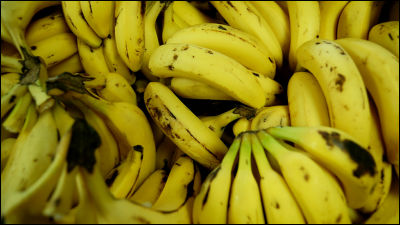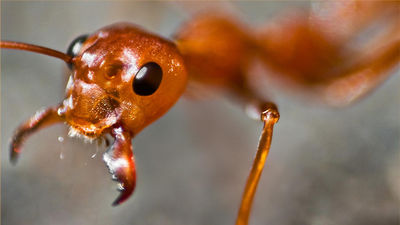Deadly olive tree bacteria wreaks havoc on European farms, could have devastating effects on global olive oil market

In southern European countries bordering the Mediterranean Sea, a large number of olives are cultivated, which are the raw material for olive oil and other products. However, since 2013, a pathogen that infects olive trees and ultimately kills them has emerged, and it is feared that damage to Europe will amount to up to 10.3 billion euros (approximately 1.66 trillion yen) over the next 50 years.
Xylella Fastidiosa:A Billion-Euro Crisis Brewing in Europe's Olive Groves

In recent years, a
Olive trees infected with the Pierce fungus develop Olive Quick Decline Syndrome (OQDS), which shows symptoms such as yellowing of leaves, stunted growth, fruit drop, and death. Damage to crops caused by the Pierce fungus has been reported not only for olives, but also for coffee and grapes, and as of 2020, 595 types of plants have been identified as hosts for the Pierce fungus.
The origin of the Pierce's disease outbreak in Europe dates back to a single coffee tree imported from Central America to Italy in 2008. The initial Pierce's disease fungus that infected the coffee tree then adapted to thrive on olive trees, rapidly expanding its range of infection. As of 2015, approximately 1 million olive trees in Puglia, Italy, were infected with the Pierce's disease fungus. The Pierce's disease fungus has continued to spread since then, and in recent years it is estimated that more than 20 million olive trees across Europe are infected with the Pierce's disease fungus.

In fact, the Pierce fungus has caused devastating damage to olive orchards in Italy and other countries, with many olive trees, including the precious olive varieties 'Cerina di Nardo' and 'Oliorola Salentina', reported to have died.
At the time of writing, there is no way to treat trees infected with Pierce's disease, so the infected trees are cut down and disposed of. In the EU, if crops are infected with Pierce's disease, they must be promptly removed and surveillance must be strengthened to track the movement of the pathogen.
If the infection of olive trees by the Pierce fungus continues, it is estimated that Italy will suffer losses of 5.2 billion euros (approximately 840 billion yen) over the next 50 years, and the economic loss in Europe will be between 4.1 billion euros (approximately 660 billion yen) and 10.3 billion euros (approximately 10.3 billion yen). For this reason, many scientists have been conducting research in recent years to identify and grow olive varieties that are resistant to the Pierce fungus.
Foreign media Everyman Science pointed out, 'The future of olive oil production in Europe depends on swift and coordinated action. It is essential to continue research into olive varieties resistant to Pierce's disease and better methods of controlling the pest that transmits the disease. European countries also need to work to strengthen regulations to prevent the further spread of Pierce's disease.'

Related Posts:







